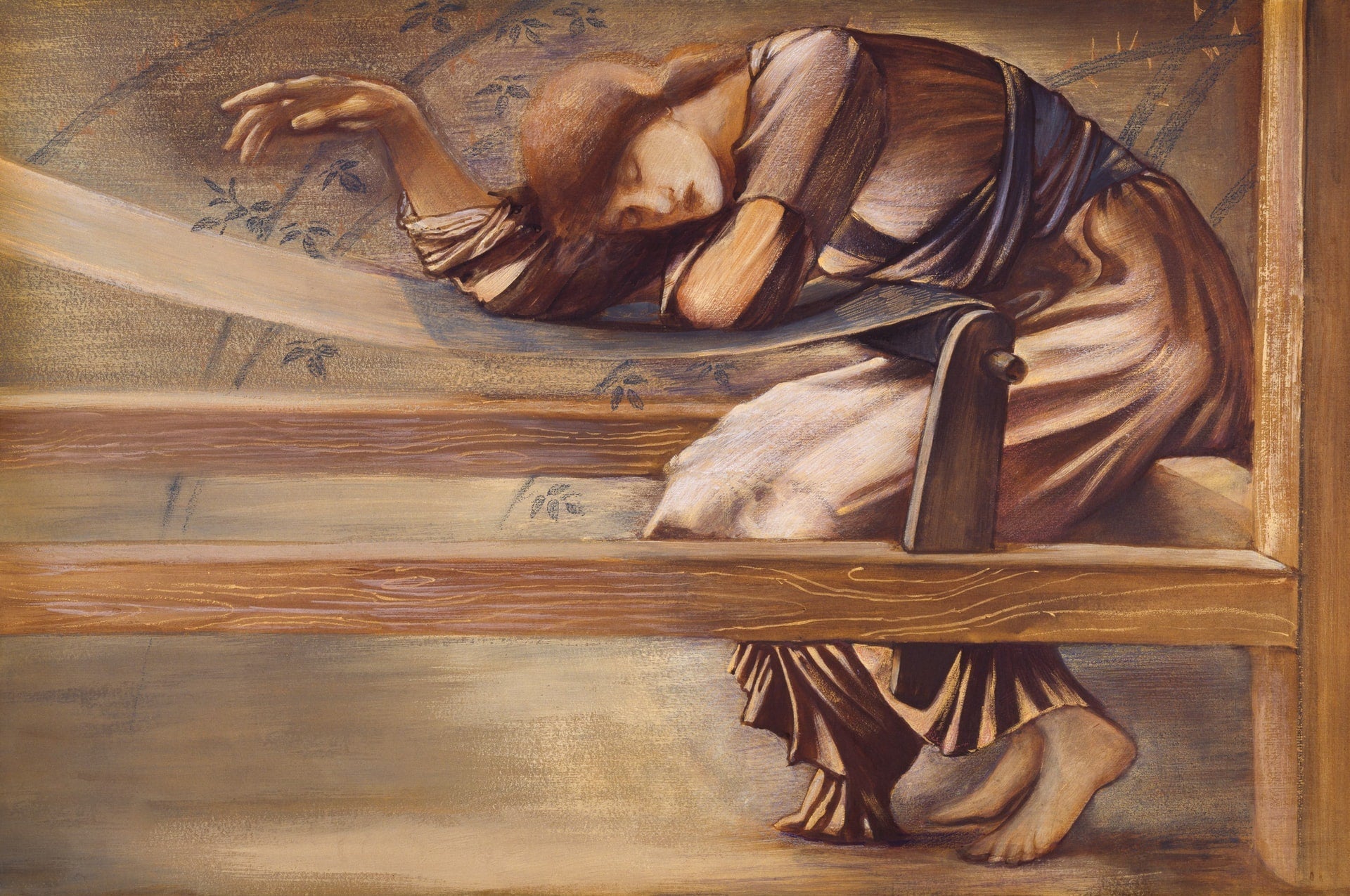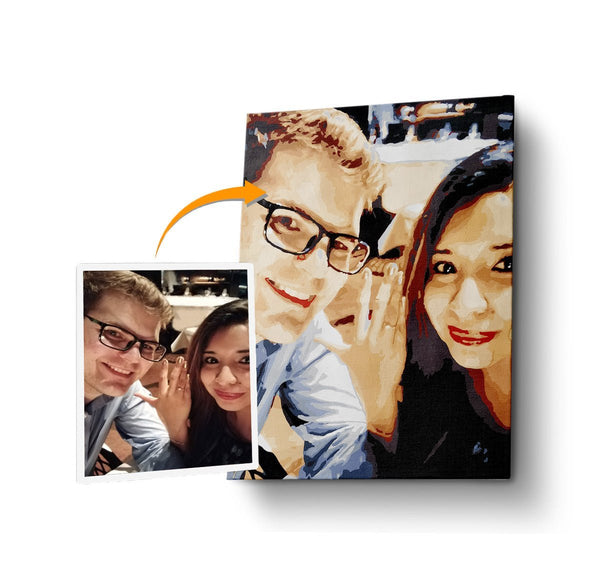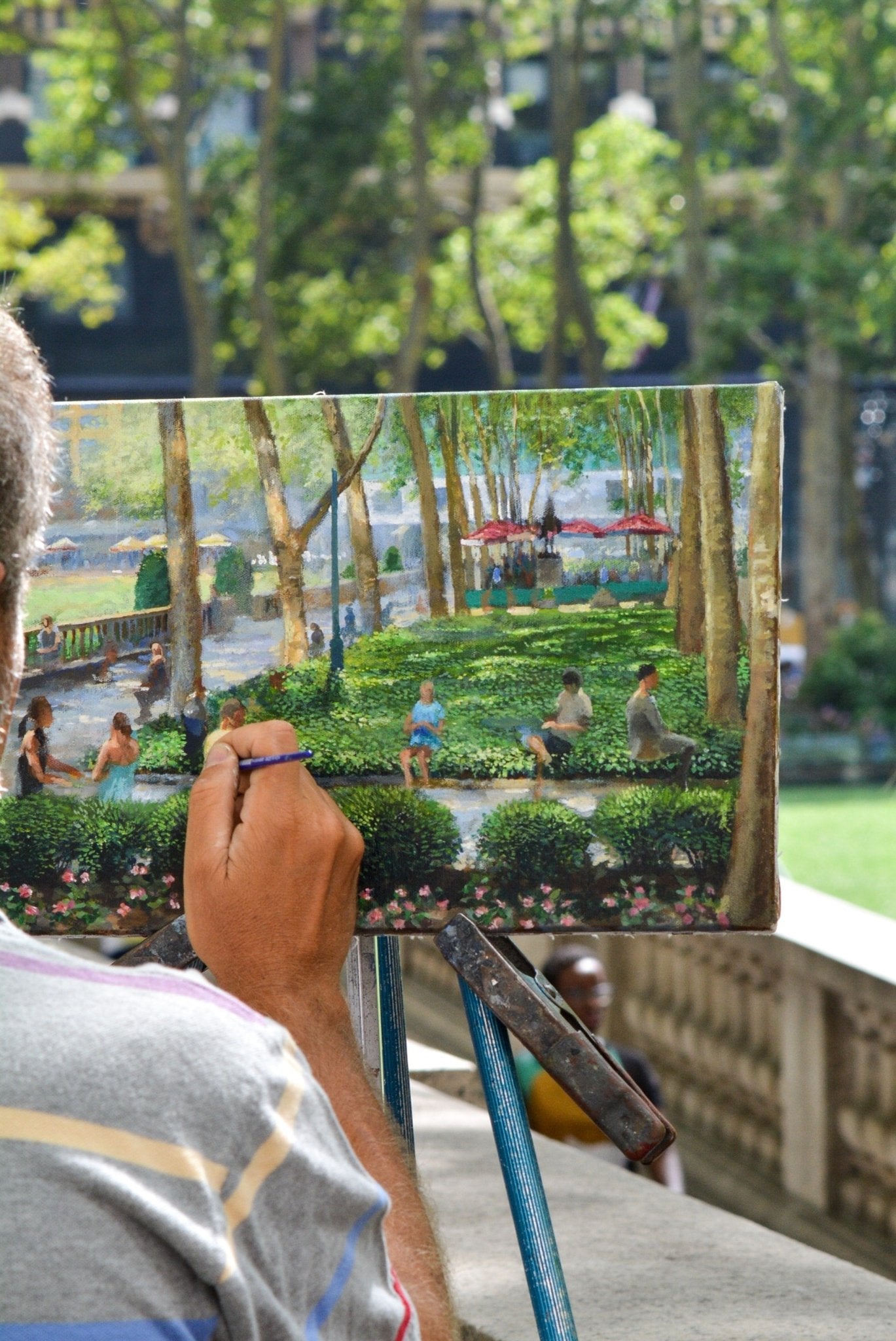
Learning the Elements of Art and Principles of Design
Every artist who creates visual artworks of any kind must be familiar with the elements of art and principles of designs. Knowing these two will give you a solid foundation on how to make aesthetic and visually-appealing works of art. These are the basic lessons in art that provide artists a framework to create paintings, drawings, and other types of visual arts. It is a general rule in art that in order to be a good artist, you need to know the basics and some of the “rules” first. Because knowing these two will allow you to maximize your potential and show your unique abilities that will create your “trademark” in art. Thus, art is all about breaking the rules so without knowing the rules, what are the rules that you’ll be able to break? In this article, let’s discuss the elements of art and principles of design to help you expand your artistry by expanding your knowledge in art. Keep on reading to learn more.

Consider the elements of art as an atom: both of which are building blocks to create something. An atom is a very small particle that when combined, forms a chemical element. Much like an atom, the elements of art may not be that much individually but when combined, they create something great. On the other hand, the principles of design act like a guide to every artist: how to use those elements together without them overpowering each other to create aesthetically-appealing artworks that do not look tacky. So let’s learn more about the elements of art and principles of design by discussing each of them and what they're composed of.
The Elements of Art and Principles of Design
Think of the two as if you’re working in a kitchen to cook something. The elements of art and principles of design are your ingredients and instructions, respectively. Before we discuss the importance of the elements of art and principles of design in visual artwork, let’s have an overview of what these are to give you a framework for creating better artworks.
Elements of Art
1. Line:
The line is the most fundamental of all design elements. You can utilize straight, wavy, curved, or any combination of the three in an artwork. This element is known to be featured frequently in design since it can be used to emphasize, divide or arrange things, or even guide the audience's gaze to the artwork.
2. Color:
It is an element made up of colors that have three properties: hue, intensity, and value. The first property is hue, which refers to the recognizable color, such as orange, green, or yellow. The next characteristic values , which refers to the hue's brightness or darkness. The last is intensity, which characterizes how dull or bright the hues are.
3. Space:
Space relates to the perspective (distance between and around) and proportion (size) of forms and objects, as well as how they are seen concerning the foreground or backdrop. An artist may create several sorts of spaces for various effects. Positive space refers to regions of the work that contain a topic, whereas negative space refers to areas of the artwork that do not contain a subject.
4. Form:
A three-dimensional art element that contains volume, height, breadth, and depth (which can be found in three-dimensional shapes like a cube, sphere, pyramid, or cylinder). The form can be free-flowing as well.
5. Shape:
Two-dimensional, flat, or confined to the height and width of an art’s object. An artist can utilize a variety of forms, which can be geometrical, determined by mathematics; or organic, made by the artist. Geometrical forms, such as circles, triangles, and rectangles, convey a symbolic and synthetic mood, but acutely angled designs with sharp edges are viewed as menacing. Rectilinear designs are seen to be more trustworthy and structurally sound, whereas curvilinear shapes are chaotic and dynamic.
6. Texture:
The texture is used to characterize the surface quality of the artwork. Surface quality might be tactile (actual) or purely visual (implied). Tactile surface quality is most apparent in three-dimensional works like sculptures, where the audience can see and/or feel the various textures, whereas visual surface quality defines how the eye interprets the texture based on visual inputs.
7. Value:
The degree of brightness or darkness in tones or colors. The lightest value is white, while the darkest is black. The value that falls between these two extremes is referred to as intermediate gray.

Principles of Design
1. Rhythm:
It denotes movement, which is achieved via the deliberate positioning of repeating parts in a piece of art to produce a visual pace or beat.
2. Movement:
A design principle that is utilized to create the appearance and feel of momentum as well as to lead the viewer's eye across the artwork.
3. Balance:
The equal distribution of visual weight is referred to as balance. Many factors can influence balance, such as color, size, variety, and space. To assist the designer in creating a visual harmony between the remainder of the area, the rule of thirds is constructed utilizing a 3 by 3 grid system to create a balance in the artwork.
4. Variety:
A design principle focused on diversity or contrast. Using multiple forms, textures, and/or colors in a work of art adds variety.
5. Proportion:
A design principle that relates to the connection of particular parts to the totality of the artwork and each of the elements.
6. Emphasis or contrast:
It lets viewers focus on a certain object of importance in the artwork and it aids in catching the viewer's attention, or it creates emphasis. Colors, shapes, forms, and styles may all be utilized to create contrast in an artwork.
7. Pattern:
It is the repetition of numerous design components that creates harmony in the design.
Why are the Elements of Art and Principles of Design Important?
Art elements are significant for a variety of reasons. First, a person cannot make works of visual art without employing the elements. There will be no art if there are no elements. As an artist who creates artworks, design principles become quite crucial. They are the tools that you must use and will unintentionally utilize since they improve the appearance of your artworks and make them more appealing to the eye of those who view your art.

Thus, understanding the elements allow us to explain what an artist has produced and grasp what is going on in a specific artwork to communicate our views and insights by utilizing a common language between the art, the artist, and the audience. Artists manipulate, alter, and combine these elements, and by employing them with design principles, it creates a work of art. Not every artwork contains all of these components, but at least two or three of them. A sculptor, for instance, must have space and form in a sculpture since both aspects are three-dimensional. These two may also be created to appear in two-dimensional artwork by using perspective and shading.

On the other hand, contrast, repetition, and rhythm are examples of the principles of design you may employ to make your artworks shine and capture other people's attention, while harmony, the direction of movement, and balance are examples of principles that can assist make your image more aesthetically pleasing. While artworks do not need to contain every principle, a good artwork must incorporate at least three principles.
While it is a notion among some people that the principles are only applicable to objective artworks, even abstract art or optical illusions can utilize two or more to catch the audience's attention and make them want to look at the art.





